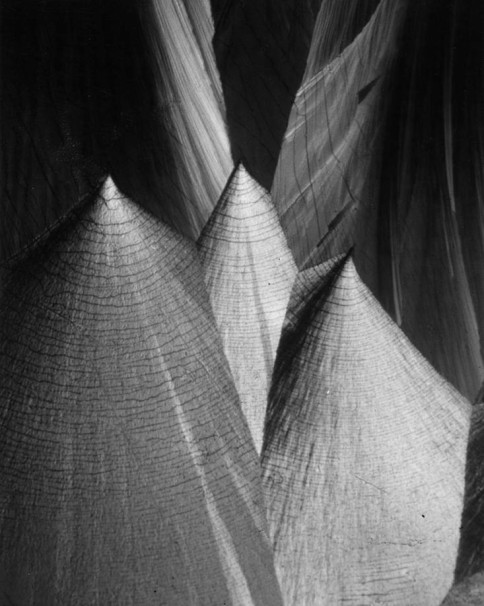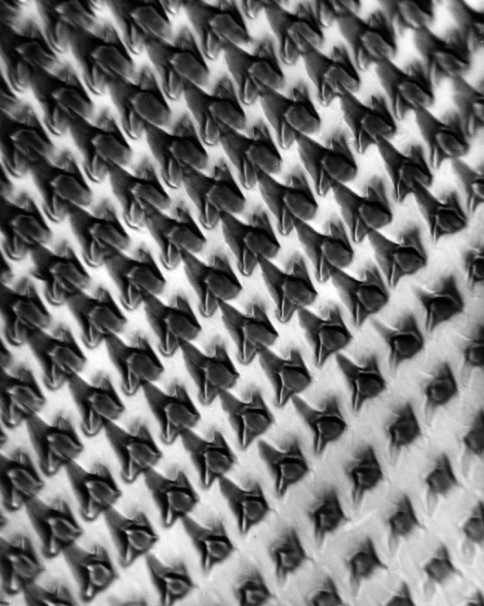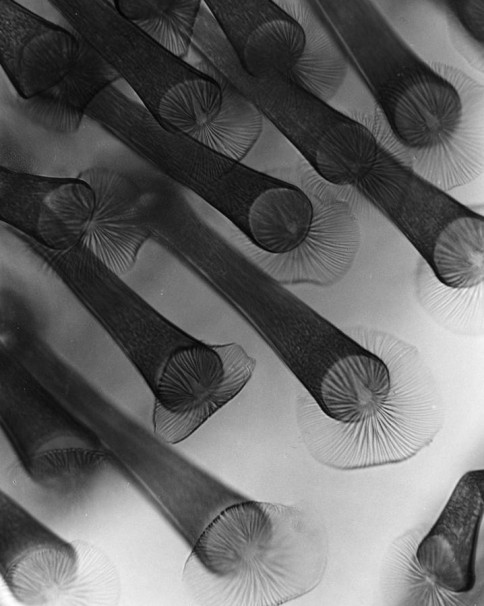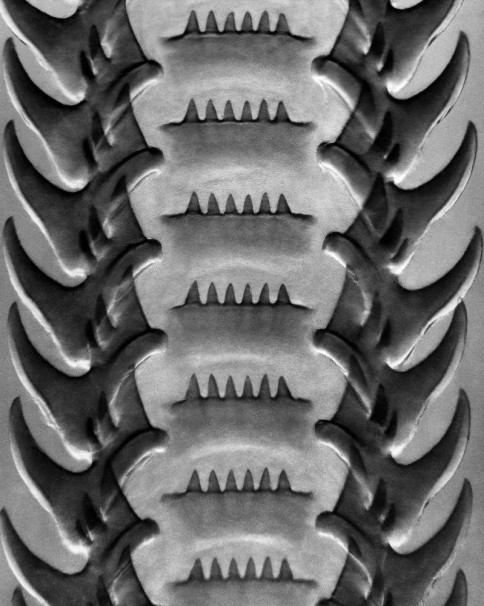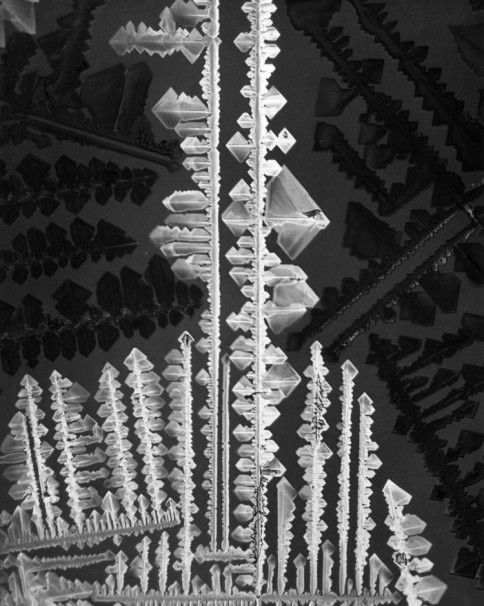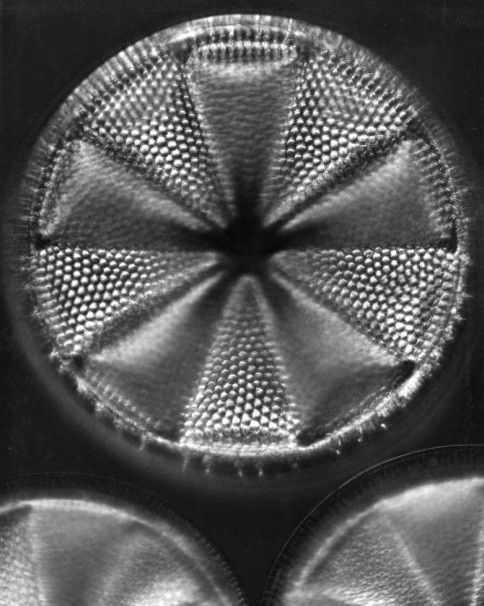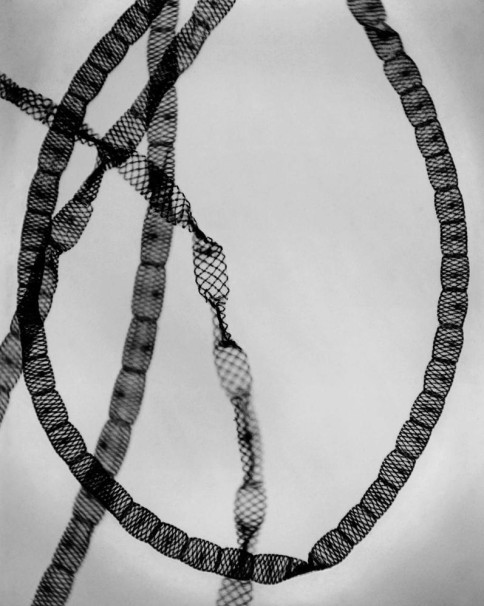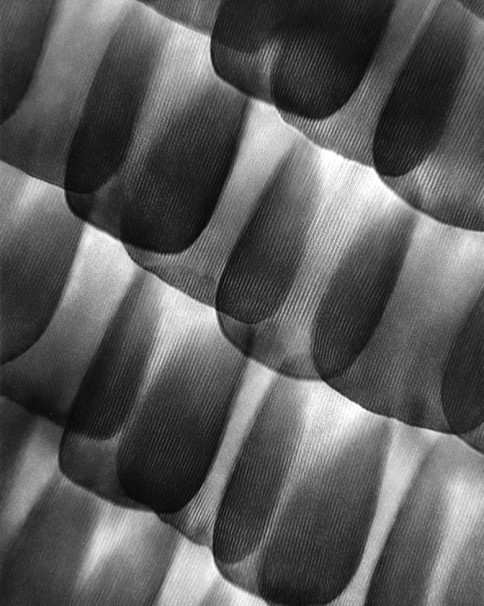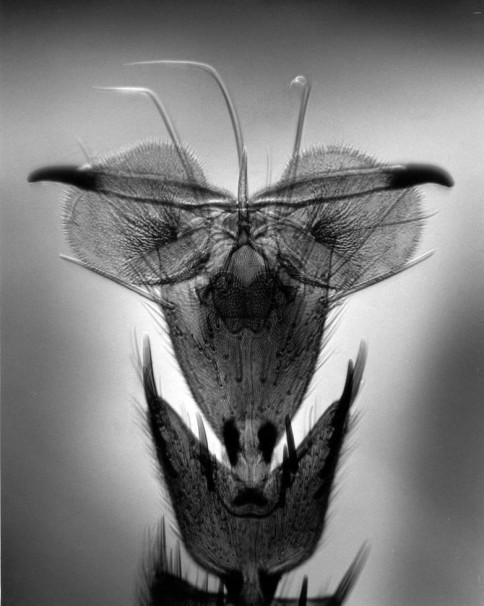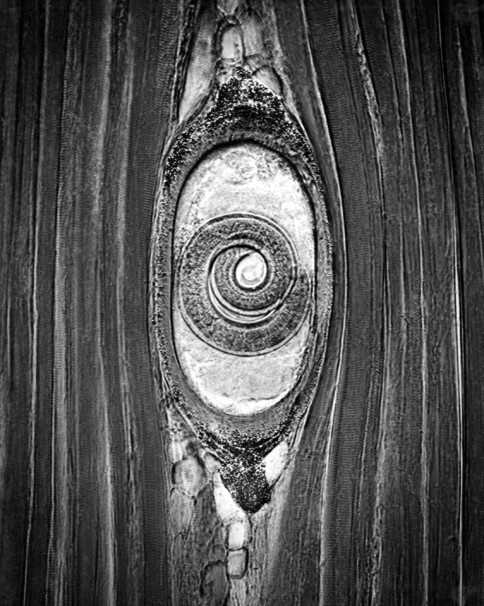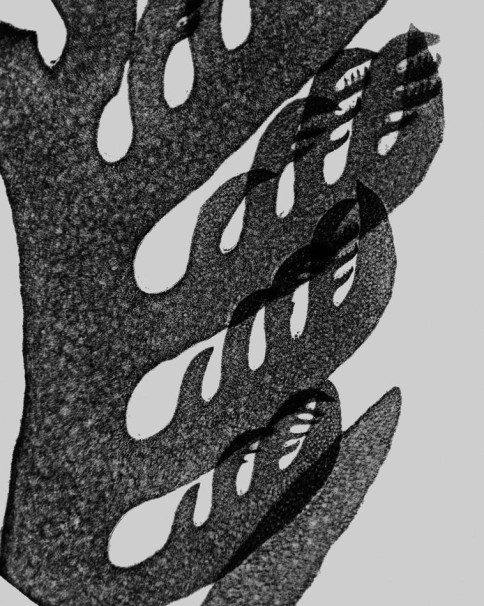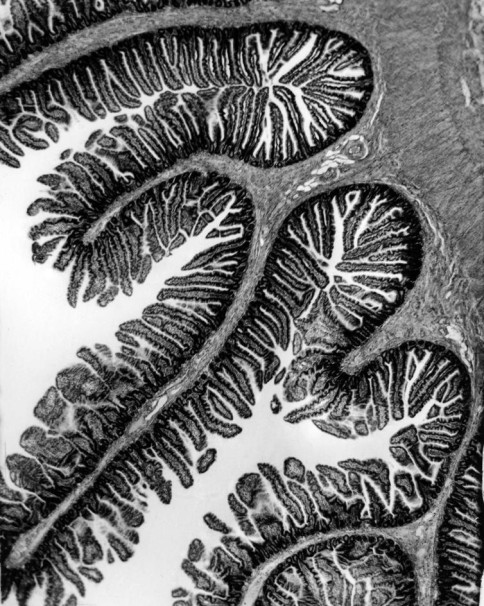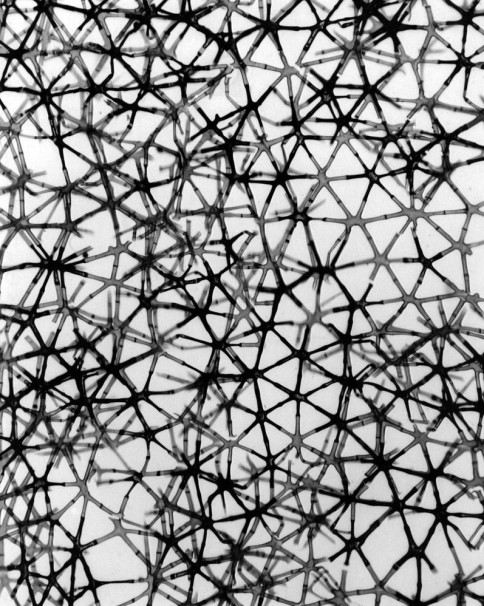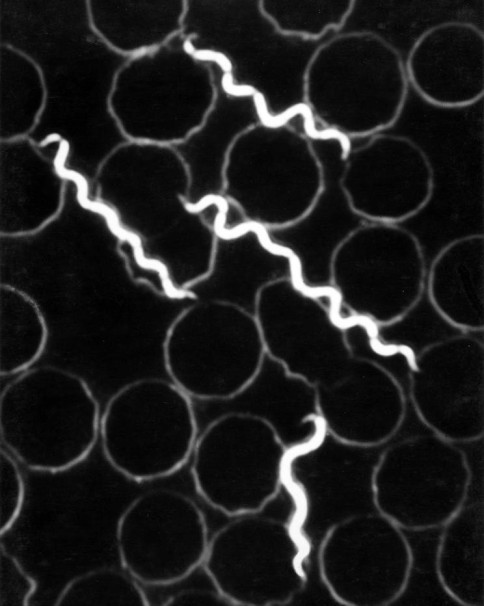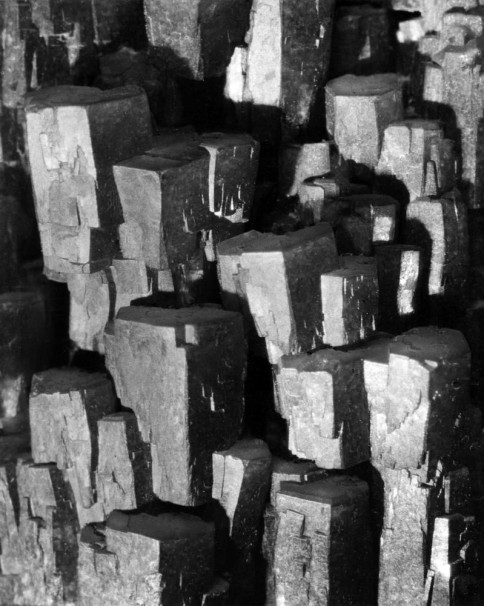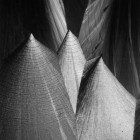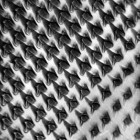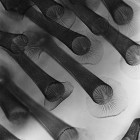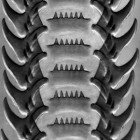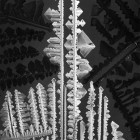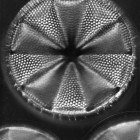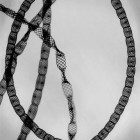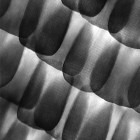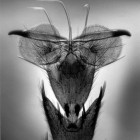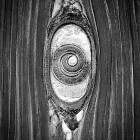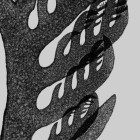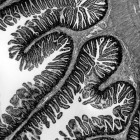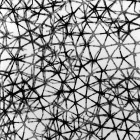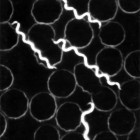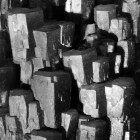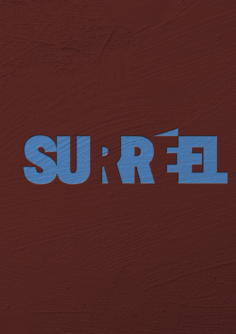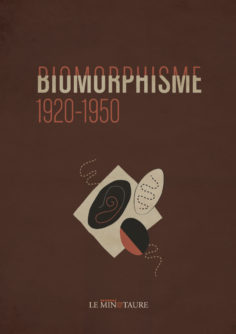1898 – 1988
Carl Strüwe, a pioneer of artistic microphotography since 1926, would not truly break into the world of experimental photography until the 1950s. Subjective photography, highlighted by Otto Steinert in the exhibition of the same name in Saarbrücken in 1951, would indeed be an ideal platform for art enthusiasts to discover the microcosm. And it was not until the spring of 2012 that the museum in Bielefeld, Strüwe’s hometown, 30 years after a first solo exhibition, organized a major retrospective accompanied by an exhaustive catalog, thereby catapulting Strüwe to the forefront of 20th-century photographers. The LE MINOTAURE gallery took over and opened up access to a major part of Strüwe’s work to the French-speaking world. Carl Strüwe, employed as a creative in a modern industrial advertising company in Bielefeld, was ahead of his time. The first photographer to make the fascinating discovery of the microcosm, he developed a unique philosophy of abstraction. His idea: nature shows us a figurative world in the absolute. These identifiable materials and substances, however, are made up of an almost unlimited number of diverse abstractions, invisible to the naked eye. Under the microscope, nature reveals an allegorical universe of forms, which in an associative manner remind us of the constructions, symmetries, inventions and works created by man. It provides us with the sources of abstract art. Furthermore, Strüwe’s microcosm is a synthesis of the scientific world and the aesthetic world. In order to clearly define his vision, the artist divides the “kingdom of forms” into seven categories, assigning each of his shots to a distinct context:
1 Development of small forms
2 Elementary forms
3 Forms of construction and movement
4 Archetypes and allegories
5 Magic of resemblance
6 Light, creative force
7 The creative man
This is how microbiology enters the world of art in a spectacular way: liquids, chemistry, bacteria, the animal and plant universe in which we live now reveal their essence to us, show us their unknown face.
According to Carl Strüwe, the creative act lies in the disclosure of the texture and composition provided by nature, in synthesis with the artist’s “technical rebellion”. A great precursor of autonomous photography, with no other goal than to present the image in itself, Strüwe exercises in black and white the manipulated appropriation of the scientific universe, whose right to exist he programmatically defends. While today this practice is completely accepted in the field of art, Strüwe shows us that already, at the end of the 1920s, he had the ability to instrumentalize the exceptional and innovative vocabulary of the avant-garde. Within the last category, “creative man”, Strüwe brings together his montages with multiple exposures, solarizations and polarizations. By imaginative association, he underlines the graphic substance of the material under study by adding a purely artistic tone. He thus creates free and unique compositions, with real motifs discovered in microbiology.
Even today, Carl Strüwe’s photographs have the power to amaze us. His philosophy indeed imposes a reflection on the visual and conceptual coherence of the world around us.
Helen Adkins, September 2012
